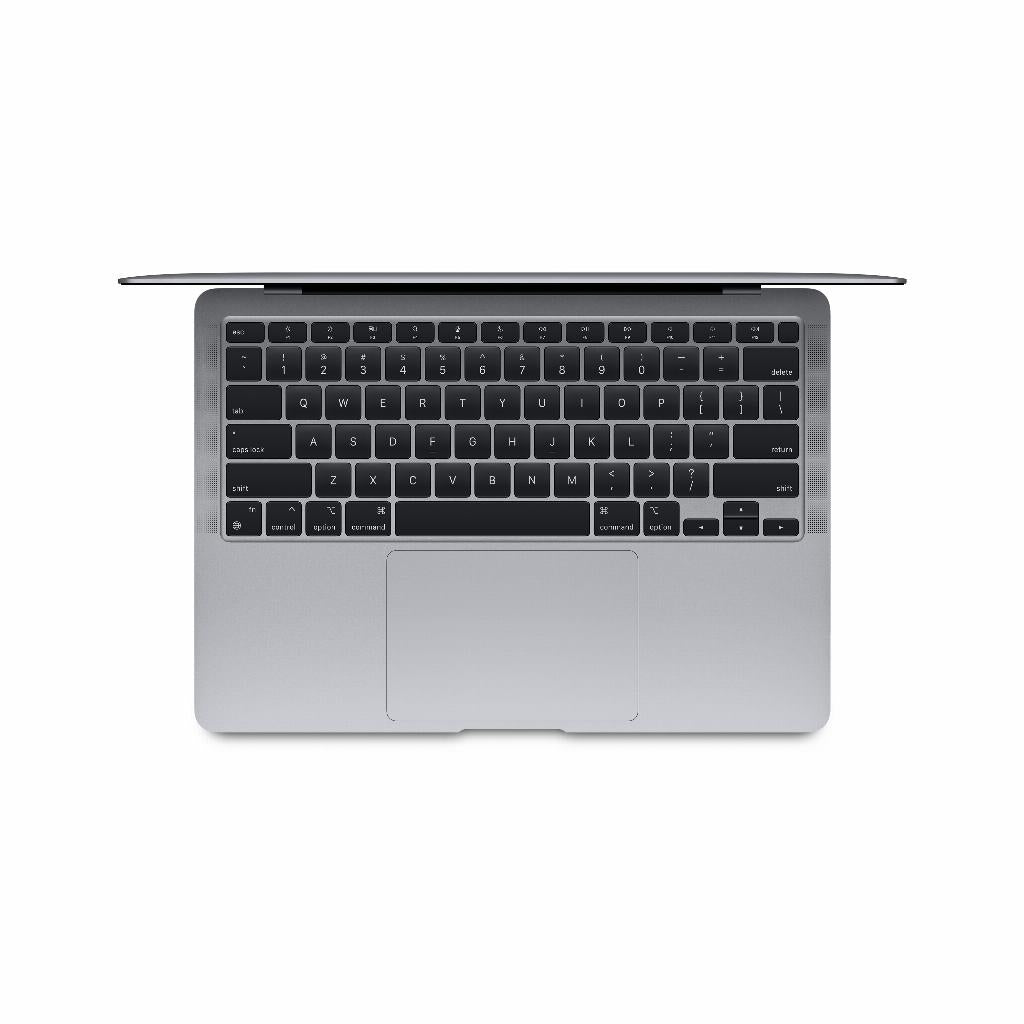Disk Utility: Easier than you think
Your MacBook is stuttering. Disk full. System sluggish. Disk Utility was supposed to be the solution, but that maze of technical options is intimidating. One wrong click and your data is gone. So you do nothing. Just like thousands of other users who would rather muddle through with a slow MacBook than take the risk.
But here's what no one tells you: Disk Utility is actually ridiculously simple . Most problems can be solved in three clicks. No technical knowledge required. No risks if you know the basics. In fact, that intimidating interface is intentional—Apple doesn't want you clicking anything. Once you understand which buttons to use (spoiler alert: there are only four), you'll go from being a fearful user to someone who solves their own disk problems. Without help. Without worry.
Useful links
What exactly is Disk Utility?
Disk Utility is a standard application that Apple includes with every Mac. You'll find this tool in the Utilities folder within your Applications folder. This program gives you complete control over your storage media: from checking for disk errors to creating new partitions.
The interface immediately displays all connected drives in a clear list. On the left, you see the physical drives, and on the right, the details and available actions appear. No unnecessary bells and whistles, just the essential features you need.
The Four Most Important Features You Should Know
1. First aid
The most commonly used function within the program. With a single click, you can check your disk for errors and repair any problems. The system automatically performs these steps:
- Checking the disk structure
- File system verification
- Repair of found errors
- Reporting of the results
Use this feature when programs crash, files won't open, or your Mac starts up slowly. The scan typically takes 5 to 15 minutes, depending on your disk size.
2. Erase and format
Necessary for completely erasing a disk or preparing new storage. Note: This action permanently deletes all data. Select the appropriate file system:
- APFS : Standard for modern Macs with SSD (from macOS High Sierra)
- Mac OS Extended : for older systems or mechanical drives
- ExFAT : for drives that you also use on Windows
The wipe itself takes anywhere from a few seconds to a few minutes. A secure wipe method (rewriting multiple times) takes longer but prevents data recovery.
3. Partitioning
Divide a single physical disk into multiple logical volumes. Useful for:
- Separate partition for Time Machine backups
- Test environment for beta versions of macOS
- Separation between work and private files
- Dual-boot configurations
Modern Macs with APFS use volumes instead of traditional partitions. These are more flexible: they dynamically share available space without fixed limits.
4. View disk information
The information button shows detailed specifications of your storage:
- Total capacity and space used
- SMART status (disk health)
- Connection type (USB, Thunderbolt, internal)
- File system and partition layout
Troubleshooting common problems
Disk full of notifications
Your Mac will warn you when your free space is less than 10%. Disk Utility shows you exactly where your space is going. Combine this with the built-in Storage Management (Apple menu > About This Mac > Storage) for a complete overview.
Slow performance
A fragmented or damaged drive will noticeably slow down your system. Perform a monthly First Aid check as preventative maintenance. If problems persist, consider upgrading to an SSD—this model offers up to 10x faster read speeds.
External drive not visible
First, check the physical connection and cables. Then, launch Disk Utility. Is the drive listed but not on your desktop? Click "Mount" to mount it. If this doesn't work, the file system is likely corrupted.
Practical tips for safe use
Always make a backup before making any major changes. Time Machine or a clone with Carbon Copy Cloner will protect your data. A full system backup takes time but prevents headaches.
Boot from the recovery partition (Command+R during startup) for system disk repairs. The operating system cannot repair itself while it is running. The recovery environment provides access to a standalone version of the utility.
Use First Aid preventatively, not just when problems arise. Small errors can accumulate into major problems. A quarterly check keeps your drive healthy.
When to seek professional help?
Some situations require expertise:
- SMART errors indicate hardware failure
- Repeatedly getting stuck during first aid
- Clicking sounds from mechanical disks
- Data recovery after accidental deletion
A refurbished Mac from leapp is thoroughly checked for disk problems. All devices undergo extensive testing, during which the storage media is fully inspected. This provides assurance about the reliability of your purchase.
Alternatives and additional tools
The built-in program covers the basics, but specialized software offers additional capabilities:
- DiskWarrior : Advanced Directory Repair
- TechTool Pro : comprehensive hardware diagnostics
- DaisyDisk : Visual representation of disk usage
These tools are expensive but can be valuable for professionals or for complex problems. For the average user, the standard Disk Utility is more than sufficient.
Conclusion
Disk Utility may seem complex, but it only requires basic knowledge to use it effectively. Its four main functions—First Aid, Erase, Partition, and View Info—cover 95% of all situations. Regular maintenance and common sense will prevent most problems.
Remember: a well-maintained drive performs better and lasts longer. Whether you're working with a brand-new Mac or a carefully refurbished one, using this built-in tool correctly will significantly extend the life of your investment.
Conclusion: no more mystery
Disk Utility doesn't have to be a mystery. With its four basic functions , you can solve almost any disk problem yourself. First Aid runs, errors disappear, and your Mac runs smoothly again. No technical qualifications required, no expensive software—just know the right buttons.
Make it a habit to check it monthly , just like you check your car's tire pressure. This way, you'll avoid surprises and keep your MacBook running smoothly for years to come, whether it's new or refurbished.














